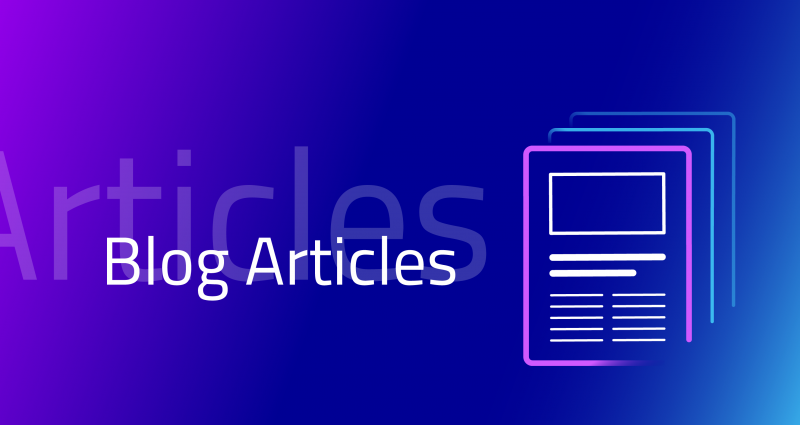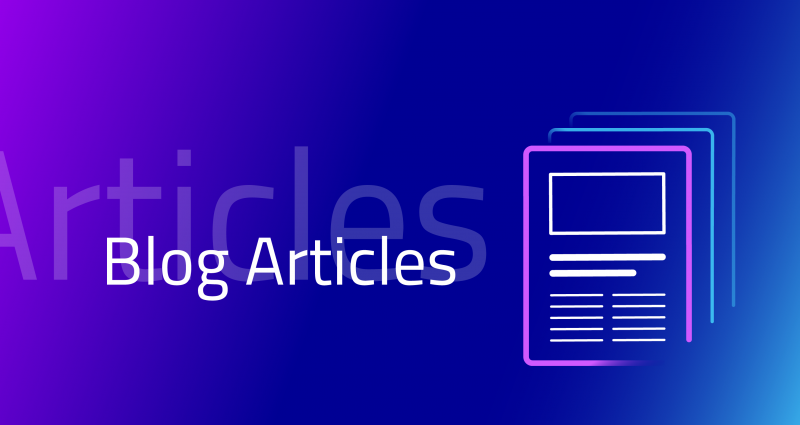
Article by Valentijn de Leeuw
Keywords: Gaia-X Summit, Internet, Infrastructure and Data Services, Federation Services, Standards, Catena-X, Automotive, Ecosystems
Overview
The second Gaia-X Summit was held on 18-19 November, 2021. It was implemented as a hybrid, mainly virtual event, drawing around 4,000 online attendees. Presentations on a wide variety of subjects reflected the complexity of the undertaking. “We are building a spaceship,” said Gaia-X CEO Francesco Bonfiglio in the concluding press conversation. Recent Gaia-X statistics confirm that statement, with the organization growing from 22 to over 300 members in just the past year. The initially two participating countries increased to 25, with 15 local hubs inside and outside Europe.
Where the Gaia-X association provides specifications, policy rules and “labeling,” the local hubs specify use cases grounded in country or region-specific initiatives and priorities. In total, 45 use cases have been defined based on ten data spaces. Five lighthouse projects have also been started. Among the most prominent of these is Catena-X, which will facilitate business process automation and data exchange along “long” value chains in the automotive industry. The setup activities from this first Gaia-X year, will lead to early implementations in the second year, where Gaia-X compliant services will start operating in the market.
This article will describe the Gaia-X architecture, the vision for its future functions, its goals, and roadmap. Focus will be on the feasibility of the project and how far it is on track. Finally, the benefits it could provide will be listed. The perspectives and learnings are based on the presentations ARC Advisory Group personnel attended and the Gaia-X webpages.
Gaia-X is a layer on top of the Internet that will boost Internet usage and the value it provides, in an inclusive manner that respects the rights and obligations of all participating parties. Gaia-X is a combination of infrastructure and data services, supported by federation services and standards.
A Novel Way to Operate the Internet
Gaia-X is based on the idea that both small and large players should have similar chances to make a living from their services — that individuals and organizations want full control of their data. This drove Gaia to adopt a distributed and federated approach, where smaller and larger players can make their contributions based on requirements for compliance with interoperability and portability, to create a level playing field without vendor lock-in, with trust built on security, verifiable identities and qualities of services, transparency, and openness.
At ARC, we believe the simplest description of Gaia-X is a software framework on top of existing cloud infrastructure, data, or services to ensure trust in the transparency, controllability, and interoperability of services and data supplied and consumed. Gaia-X aims to provide this framework for free and give everybody the possibility to create and offer trusted services, enabling the creation of data spaces that are necessary for a new generation of digital economy based on data exchanges. Gaia-X is convinced that the targeted trust levels will revolutionize the digital world that we know, from business via public services to civil society.
Gaia-X is therefore not a cloud platform, nor does it compete with cloud offerings. Cloud, data, and infrastructure providers can offer their services if they decide to adopt the Gaia-X framework and apply its rules. Gaia-X users and providers of data and technologies will be able to create trusted federations amongst themselves. Federation of secure, transparent, controllable, and interoperable data and services has the potential to create the critical mass of data or technology necessary to compete in the global market with value-adding services based on massive use of data that is currently untapped. The currently available non-transparent, non-controllable, and non-interoperable technologies prevent and slow down the digital data and services economy.
Gaia-X data and services are a combination of infrastructure ecosystems, including compute nodes, storage nodes, connectivity, cloud providers, and data ecosystems (for example data providers, data brokers, data analysis application providers). Infrastructure and data ecosystems can overlap in practice.
Through the Gaia-X framework, many different types of user ecosystems can be created, which can be national, regional, global, industry-focused, or domain focused. Examples include sharing data across healthcare systems, research institutions, or industries. Catena-X is an example of such an ecosystem, creating seamless data integration across the automotive value chain to build the next generation of smart and sustainable vehicles.
Gaia-X federation services provide the necessary mechanisms to create a federation. Five key subsystems can be identified:
- Identity and trust: Covering authentication, authorization, credential management, and decentralized identity management.
- Federated catalog: A central repository of self-descriptions for the discovery and selection of providers and their service offerings based on labels or verifiable credentials.
- Data sovereignty services: Enforcing data usage agreements.
- Compliance: Ensuring Participants adhere to Gaia-X principles and rules.
- Portal and API: Serving as integration layer for federation services.
In Gaia-X, Participants hold their own ID card or passport, not the service provider where the Participant goes shopping. The consequence is that Participants do not have to open accounts with all service providers and manage credentials for each; managing one set of credentials suffices.
How Gaia-X Is Different
It is not possible to go into detail within the scope of this article, but an example of how different Gaia-X is can be given. Identities will be managed by Participants using existing identities, and not by Gaia-X. To use a metaphor: Participants hold their own ID card or passport, not the service provider where the Participant goes shopping. The consequence is that Participants do not have to open accounts with all service providers and manage credentials for each; managing one set of credentials suffices. In addition, the Participants can freely determine the information they want to divulge as an individual or organization, depending on the level of trust they have with the ecosystem.
The Gaia-X architecture has characteristics in common with International Data Spaces Reference Model, which is not a surprise as IDSA is a member of Gaia-X. In addition, BDVA, FIWARE, Gaia-X and IDSA recently launched an alliance to promote data spaces based on a common foundation. Details of the Gaia-X architecture are provided in this document. A reference implementation of Gaia-X Federation Services (GXFS) is currently being implemented thanks to the funding by the German Ministry of Economic Affairs and Energy.
Catena-X
Catena-X Oliver Ganser, head of the Data Driven value Chain program at BMW and head of the Catena-X Automotive Network, presented the program as “A fitness program for the automotive industry,” with the purpose to build a use case enabling long data chains. It will be a business-oriented solution that supports users in their daily work. COVID, the semi-conductor shortage, and increasingly complex regulatory requirements made the industry realize that requirements cannot be satisfied using peer-to-peer collaboration. Catena-X needs Gaia-X according to Mr. Ganser. “Without Gaia-X it will not work.” Gaia-X is providing specifications and enabling Federation Services, where Catena-X provides a data space, services, and applications, that is, it delivers code for the moment, with the goal to realize the business solutions.
High-profile applications concern the circular economy. Today, 5-7 percent of car products are recycled; this will dramatically increase in the future. To prepare for this, one of the Catena-X use cases concerns collaboration between OEMs, tier-n providers, and recyclers. The organization is growing fast inside and outside Europe. It is based on three pillars: a development consortium, the so called “Workbench,” which is a registered association that acts as a standardization and governance body, and finally a decentralized operating company ecosystem of currently 33 partners, including majors such as BASF, BMW, Bosch, Henkel, Mercedes-Benz, SAP, Siemens, Valeo, and Volkswagen. To exchange information efficiently among partners, the Workbench must create common data models and semantics, which is a substantial task.
Conclusions
There were many other interesting presentations that you can watch on the Gaia-X Summit site. ARC Advisory Group believes that Gaia-X is a valuable and sustainable initiative, and is very well supported by the European Commission, member states, and industry ecosystems. It is complex but promising, and it is on track and on speed. There will be hurdles to overcome and ensure the adherence of provider and user ecosystems. Some skepticism may be heard, but that can also be a sound form of feedback that can be addressed, if Gaia-X pays attention to it, which we believe it does.

